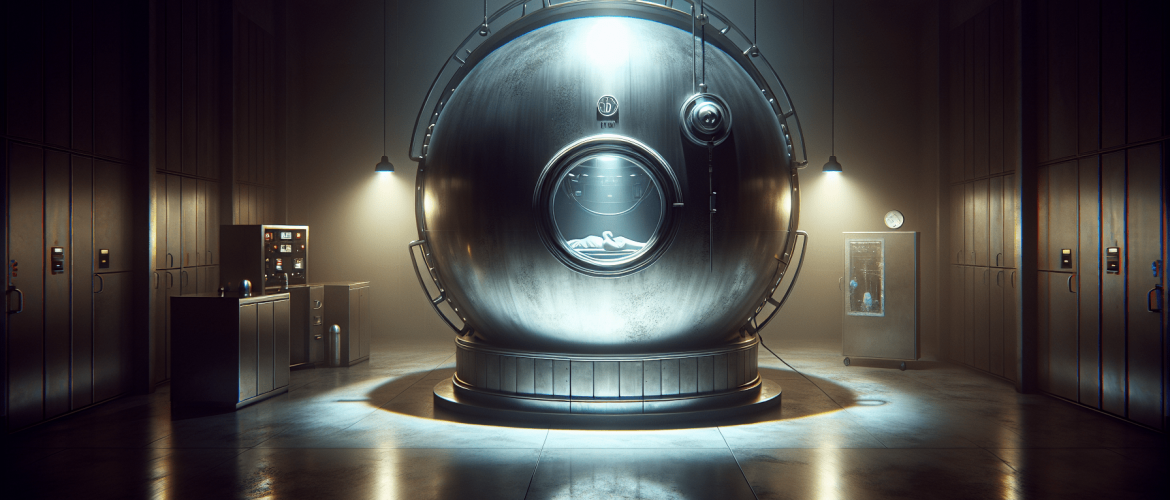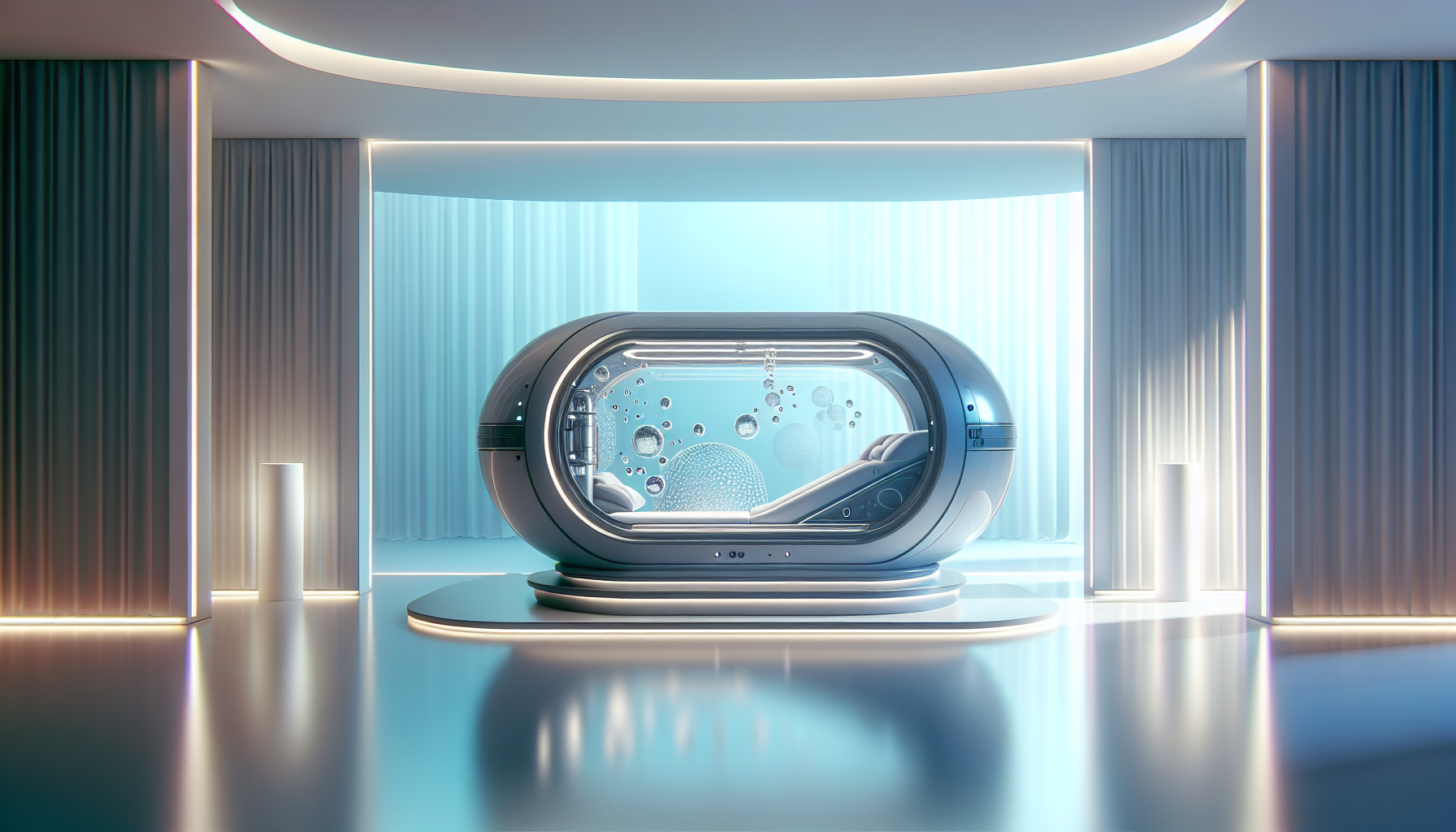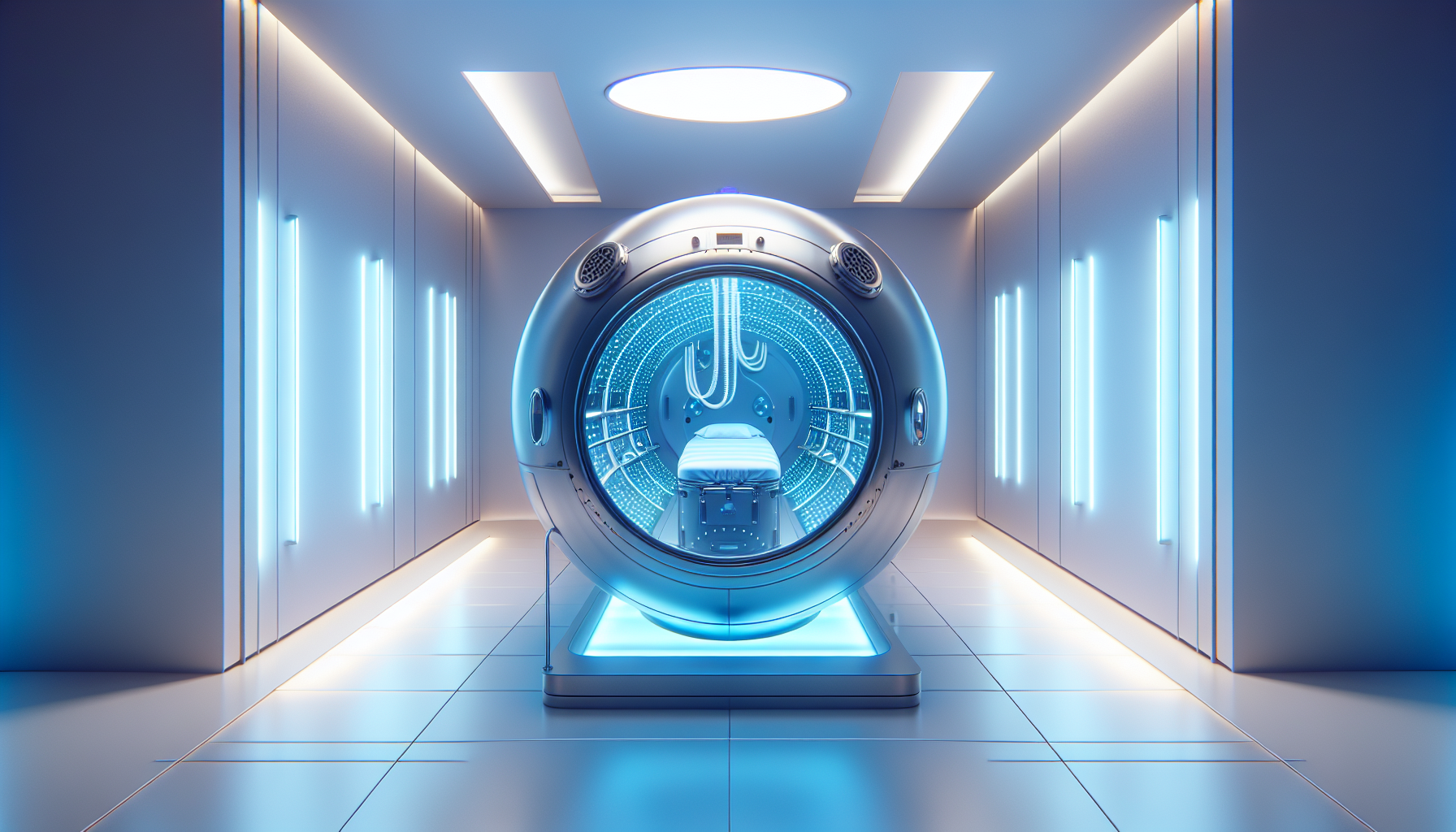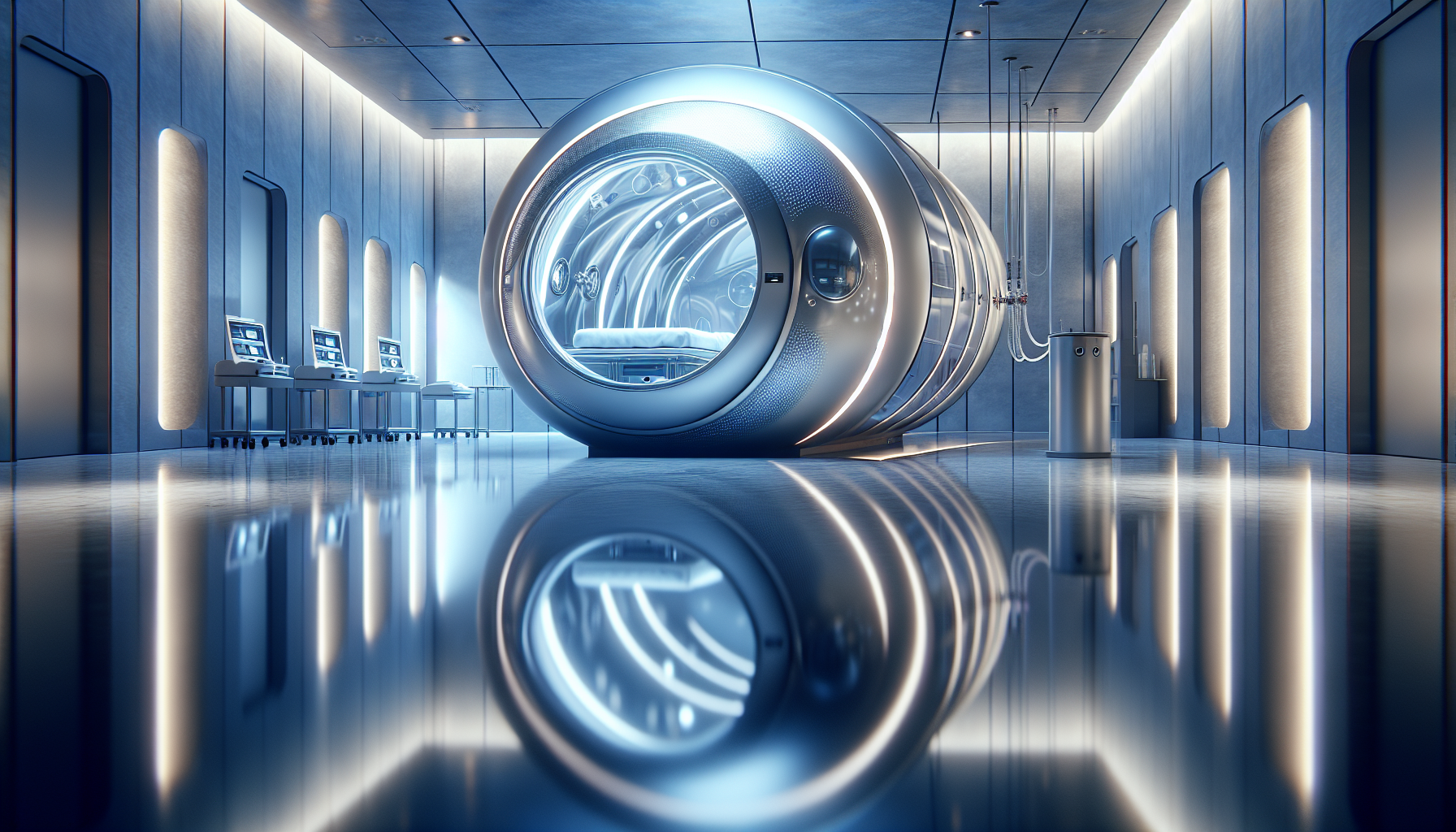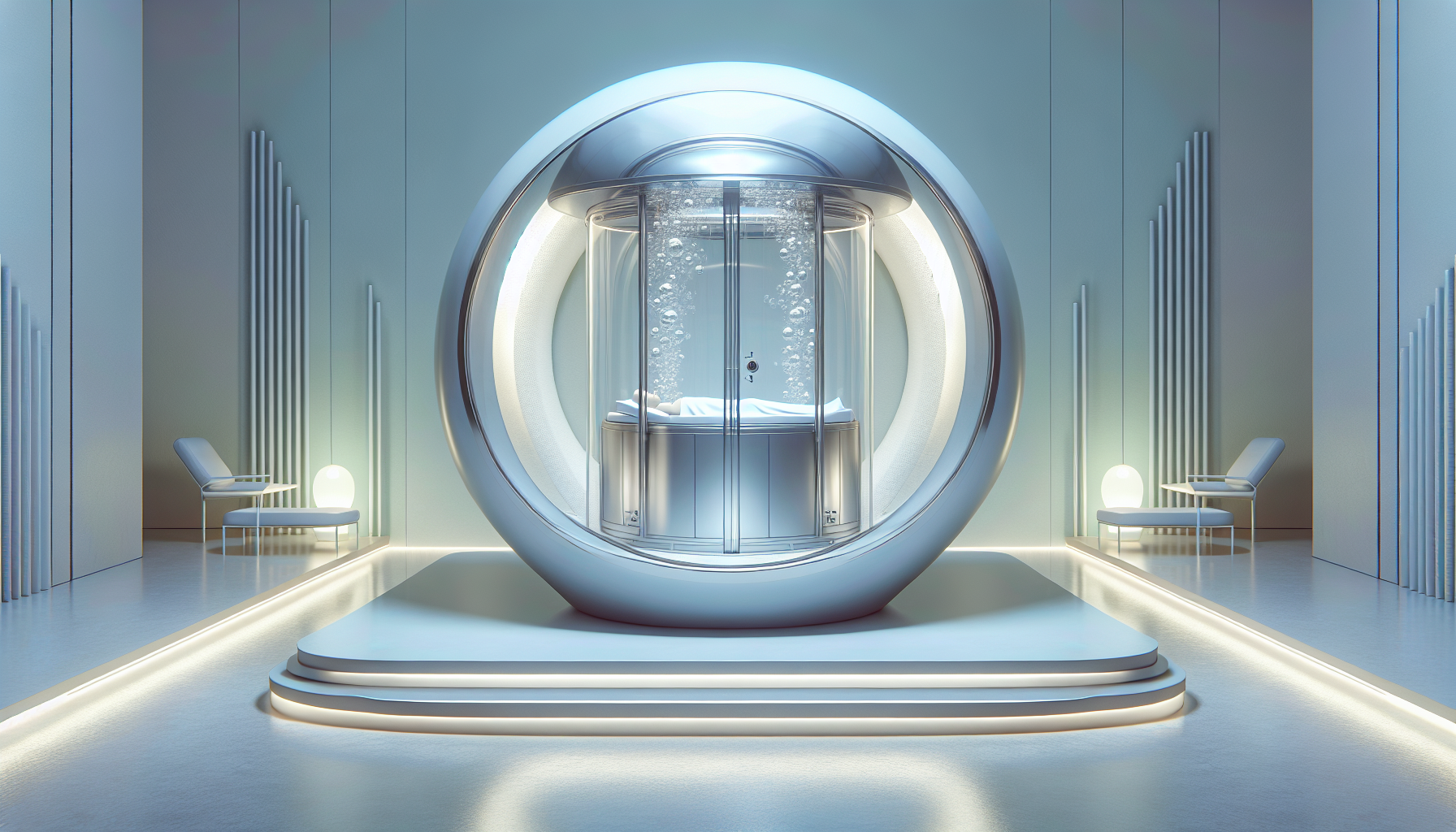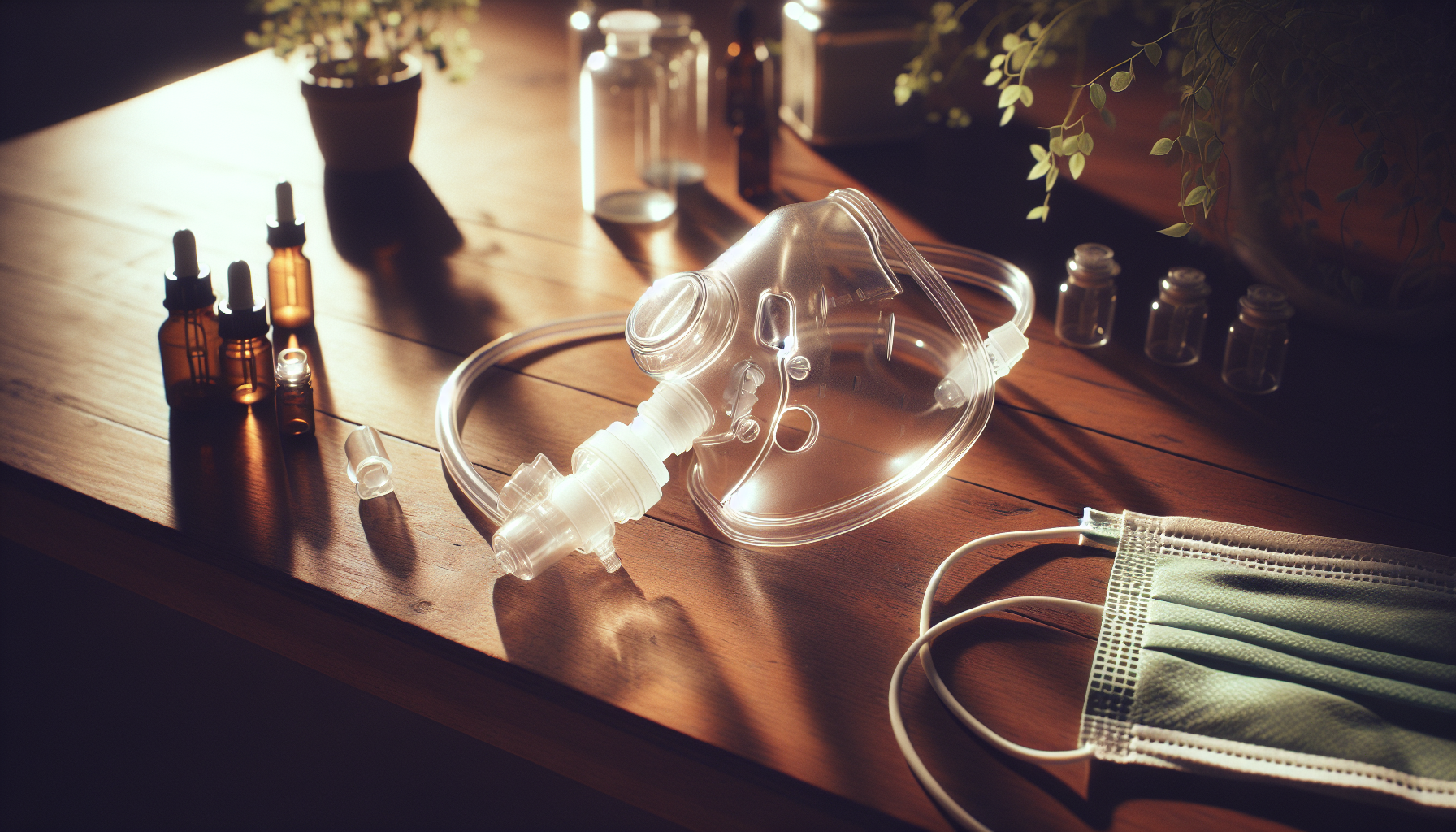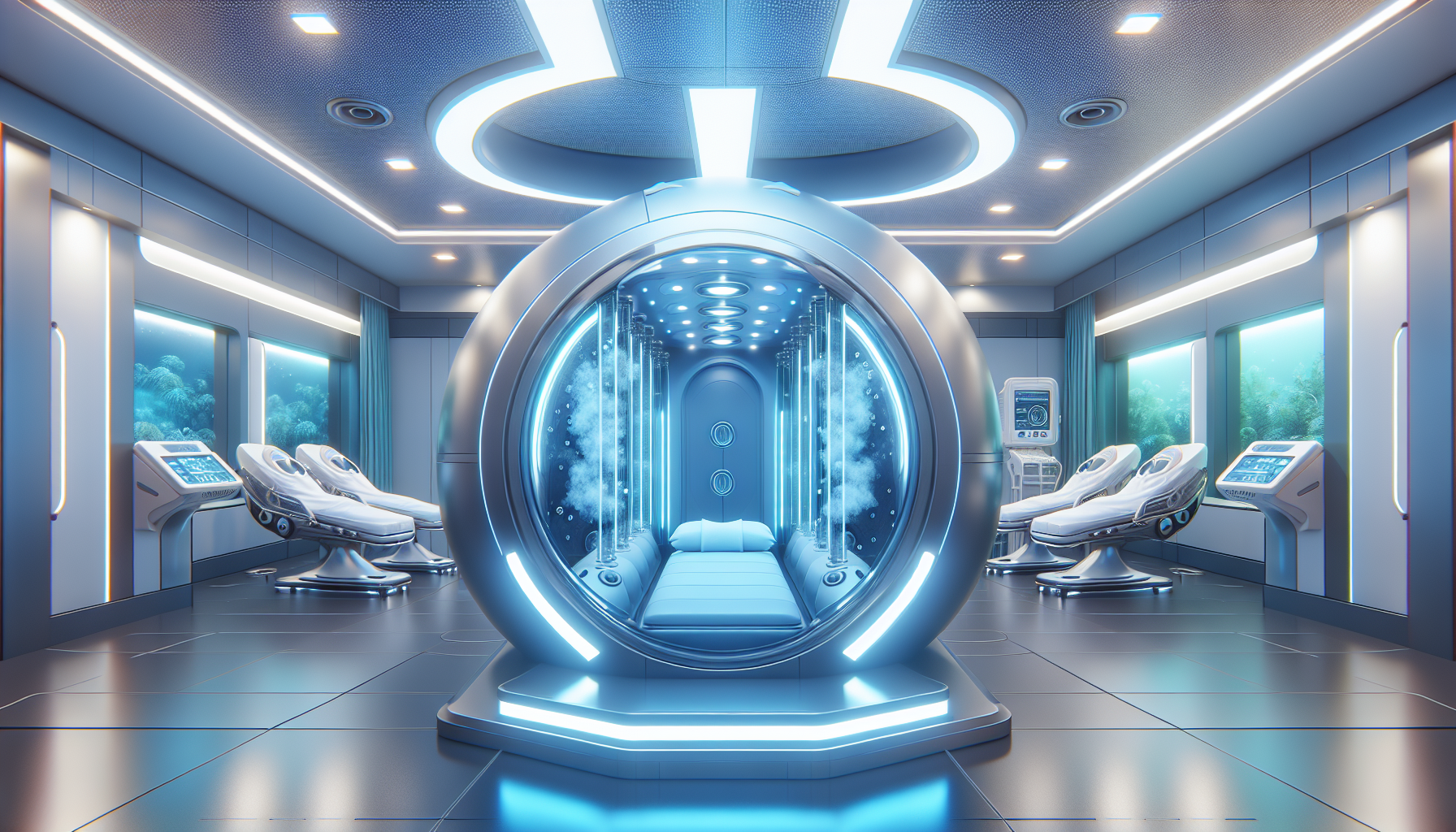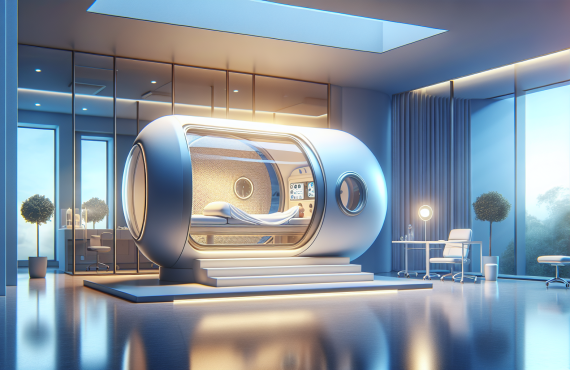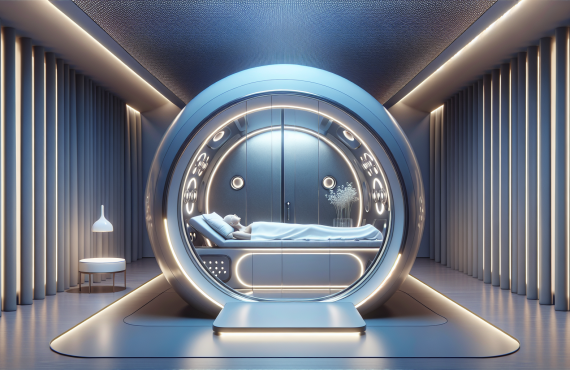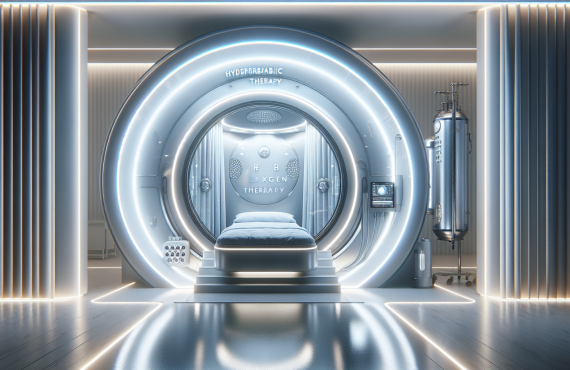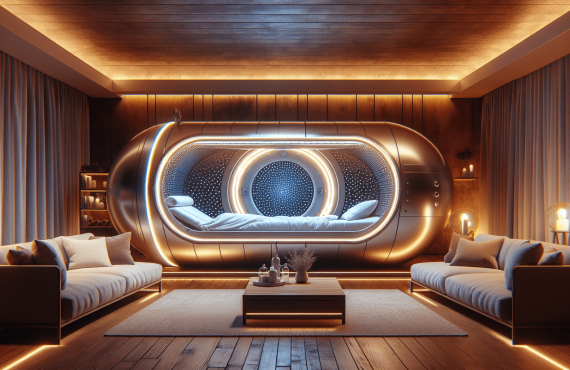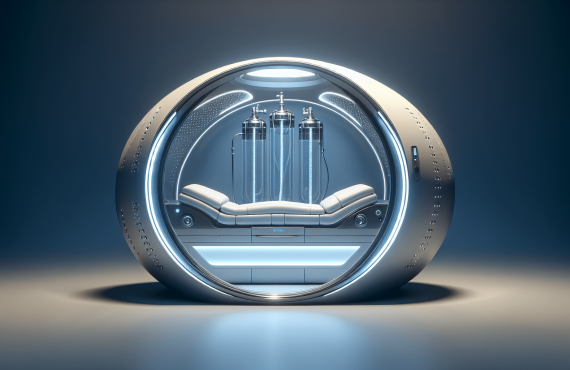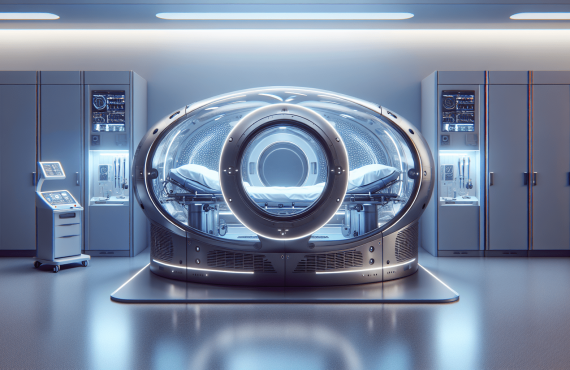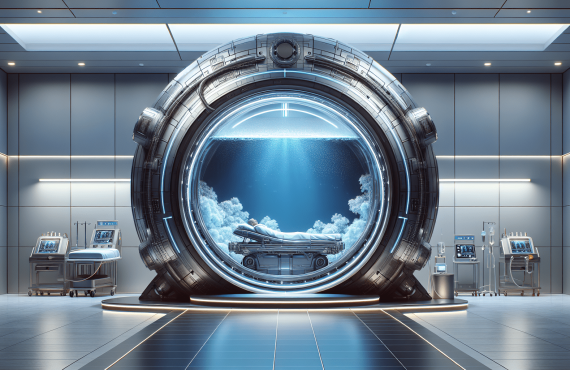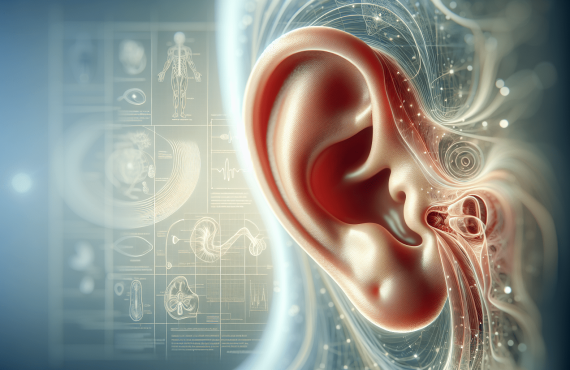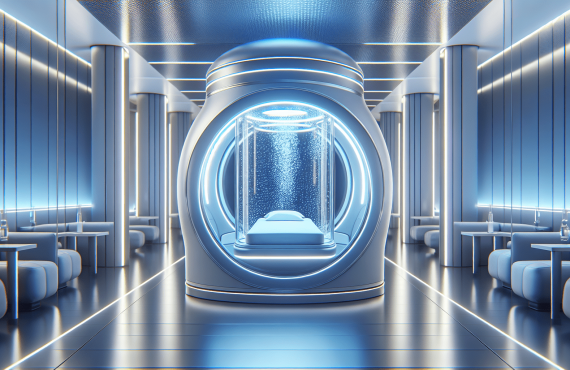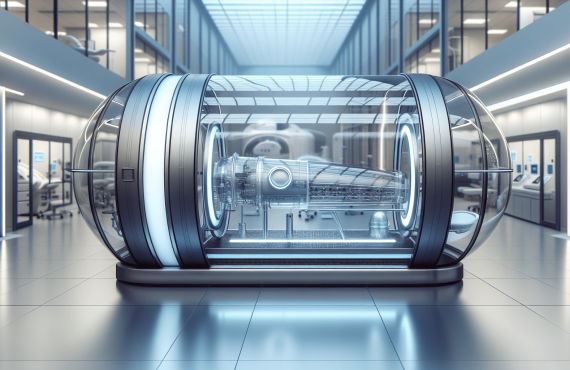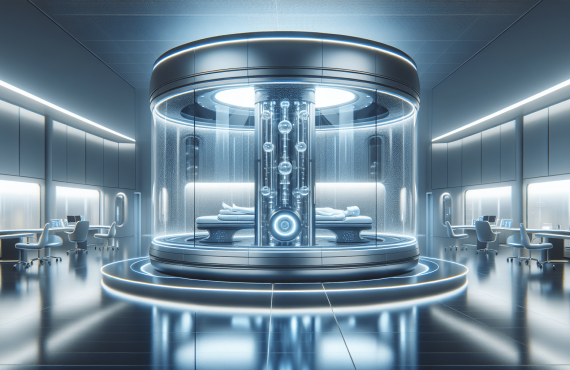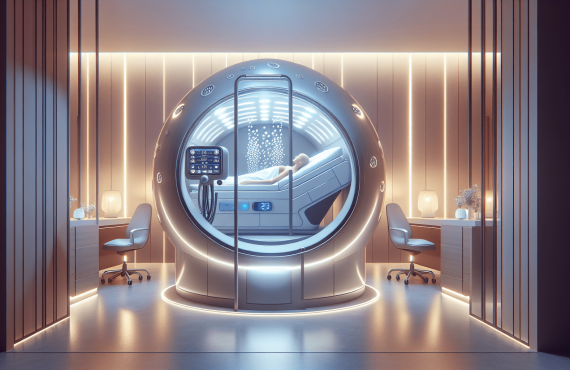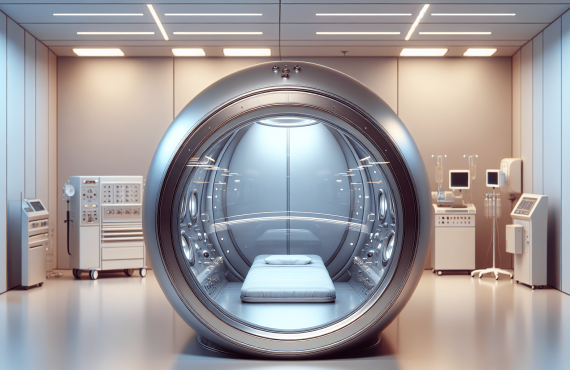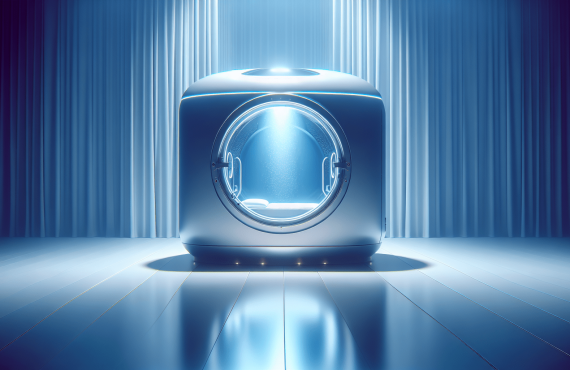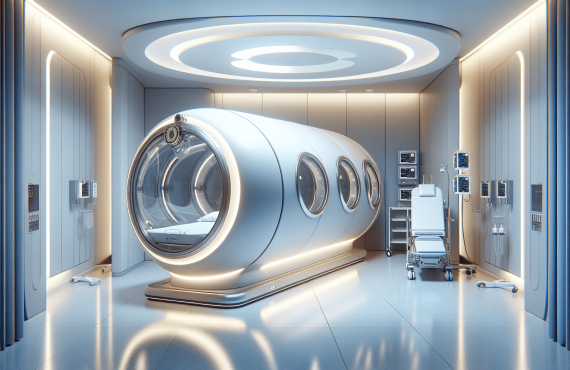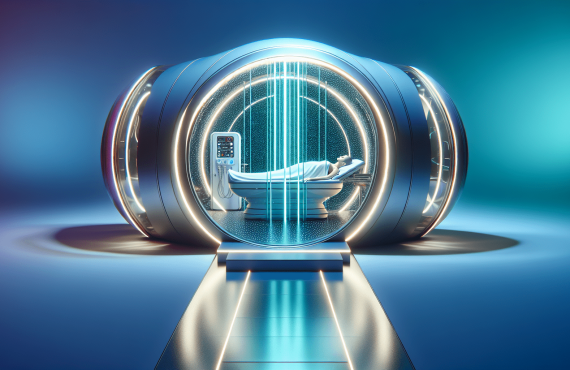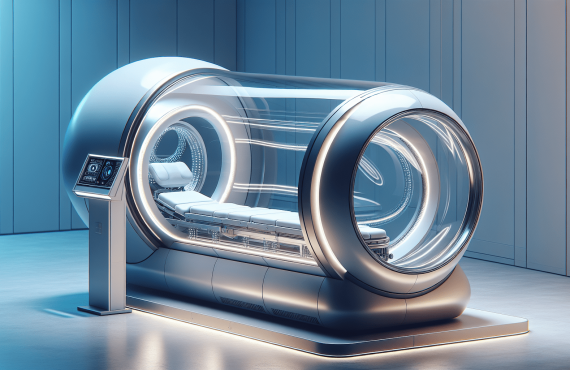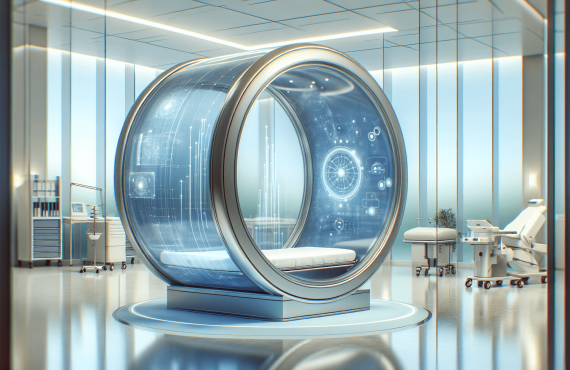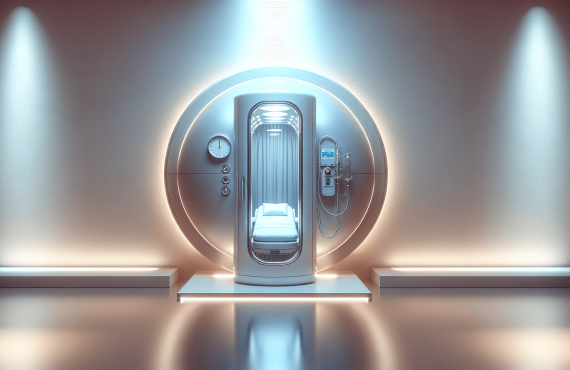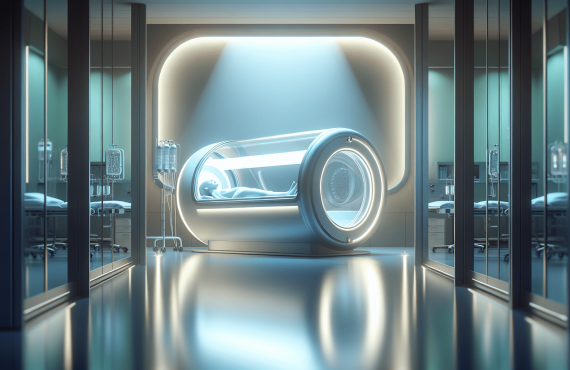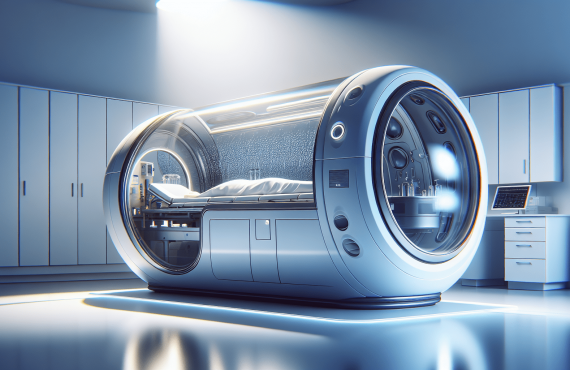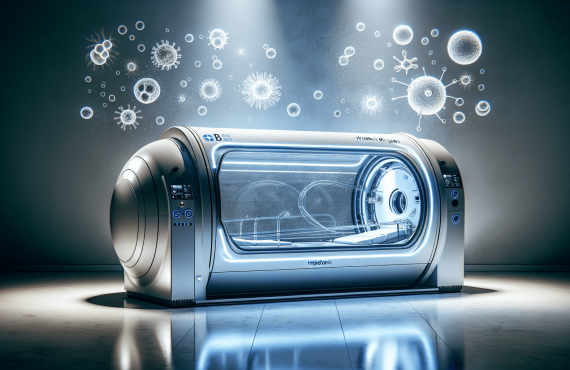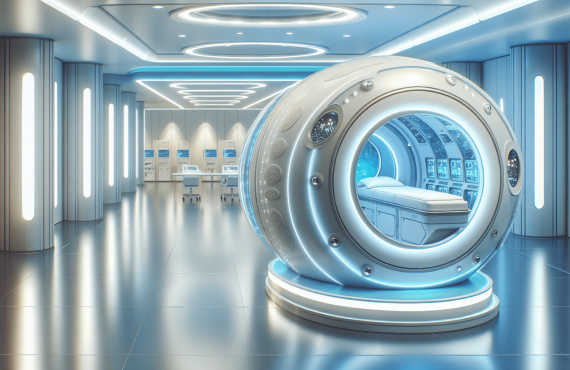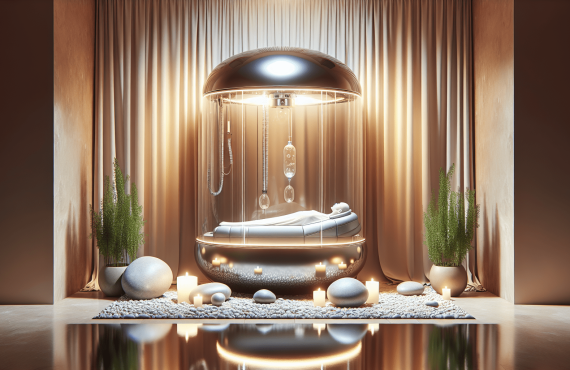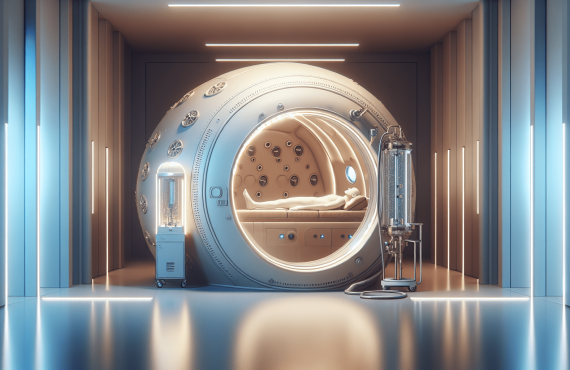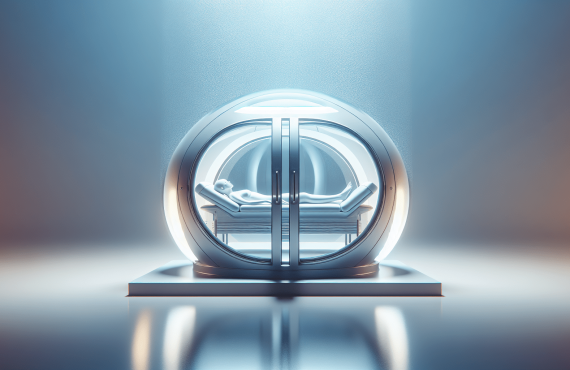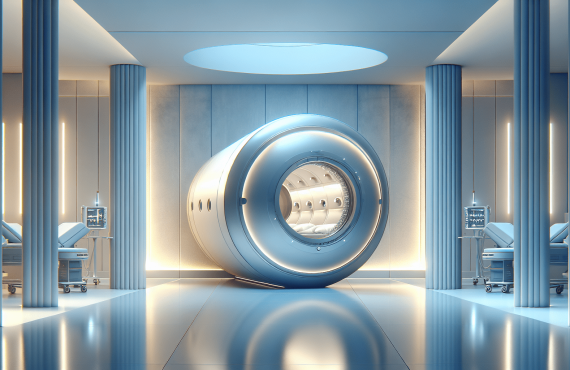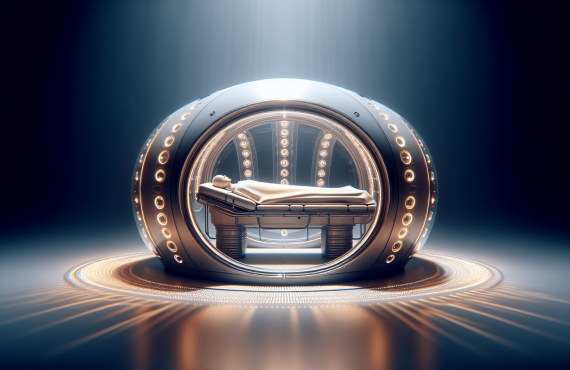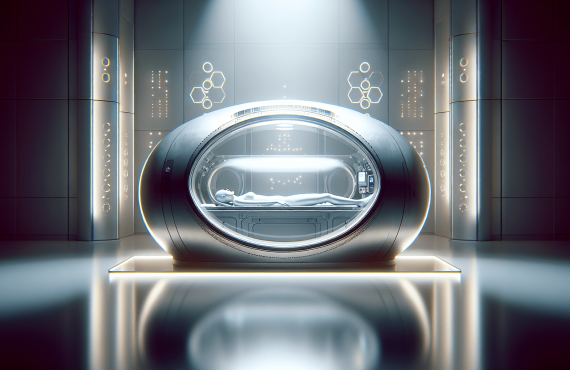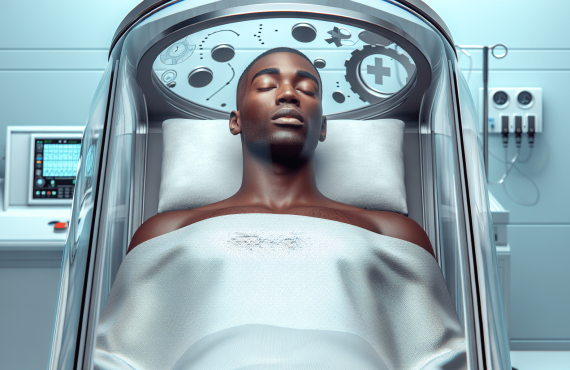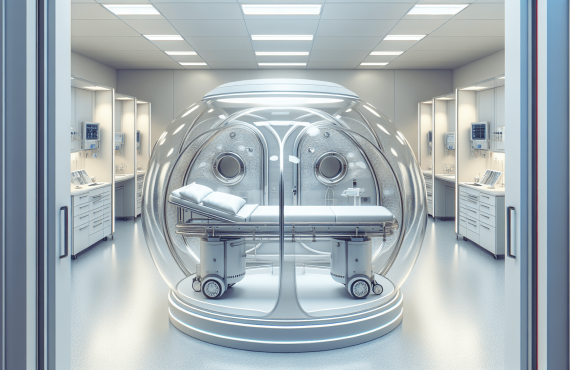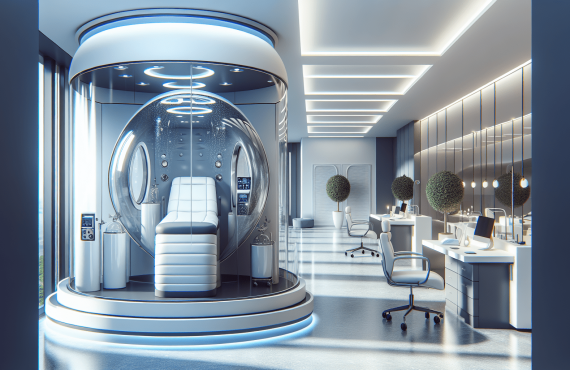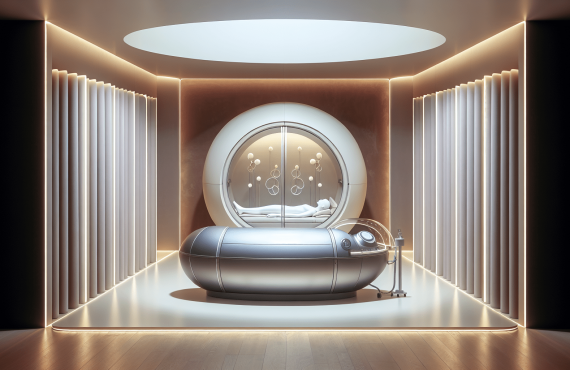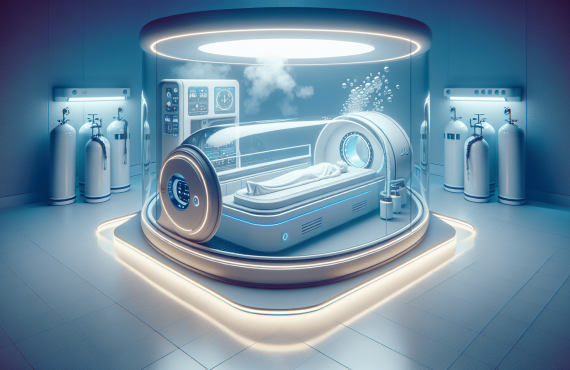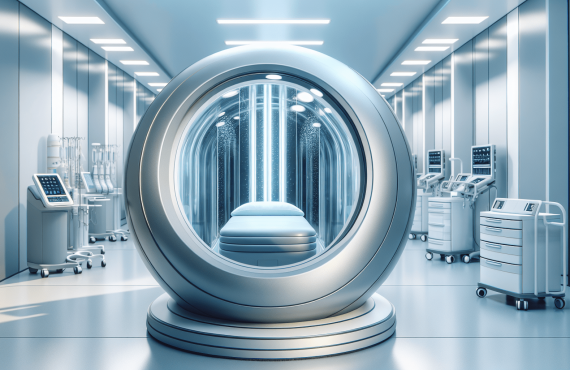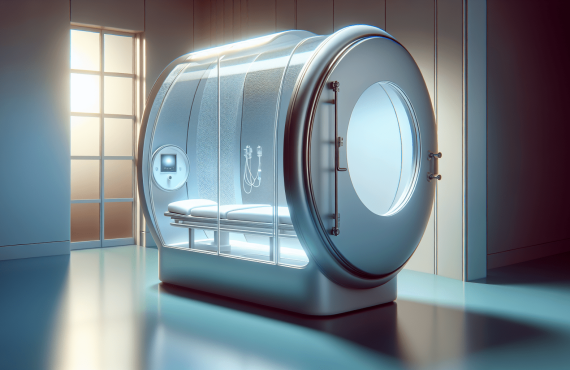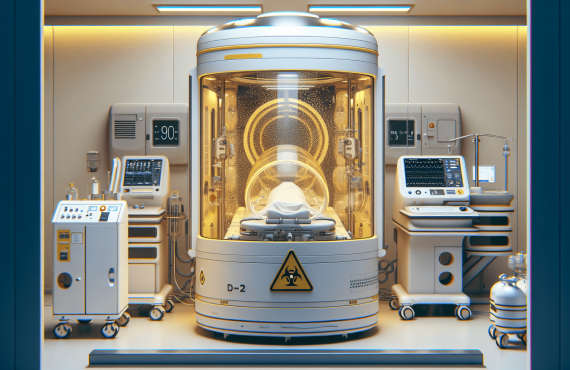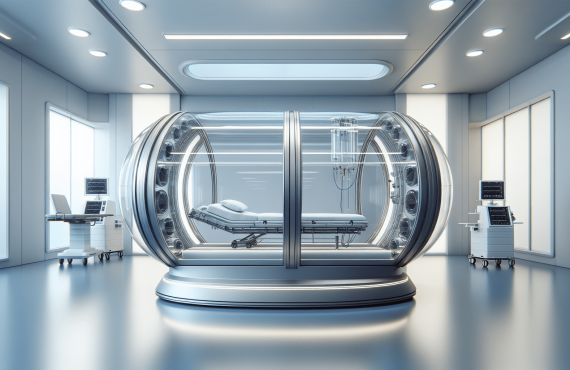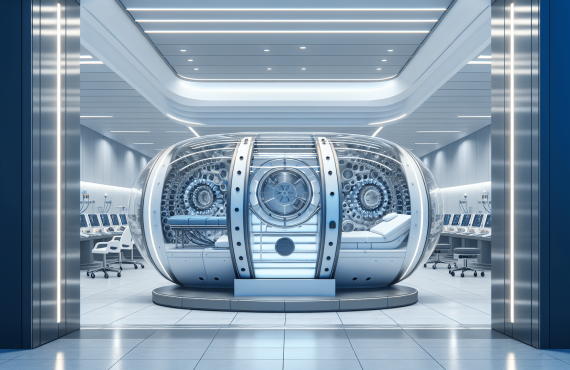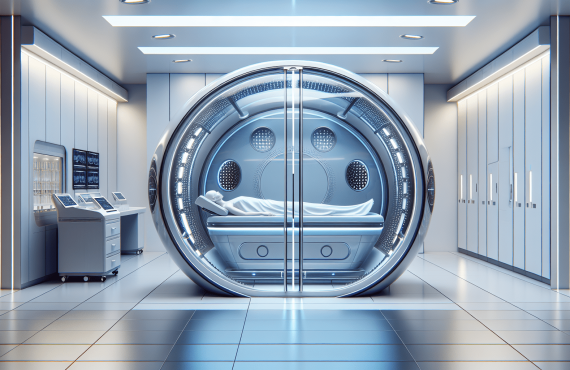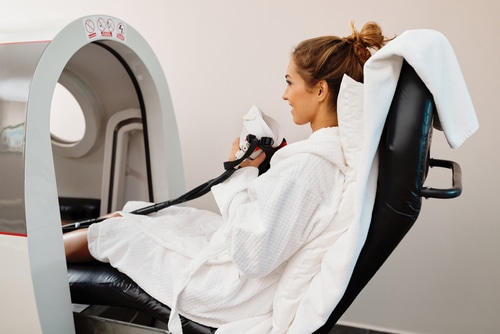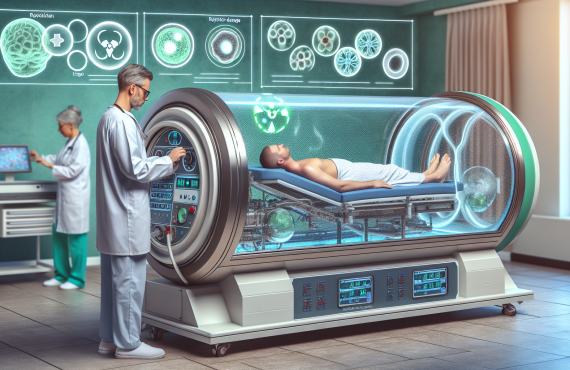Have you ever wondered about the possible downsides of hyperbaric oxygen therapy? This medical treatment, which involves breathing pure oxygen in a pressurized chamber, sounds promising with its various health benefits. Yet, as with any medical procedure, it’s crucial to weigh the benefits against the potential drawbacks. Join us as we delve into the disadvantages of hyperbaric oxygen treatment and unravel what you need to know before considering this therapy.
Table of Contents
Understanding Hyperbaric Oxygen Treatment
What is Hyperbaric Therapy?
hyperbaric therapy, or hyperbaric oxygen therapy (HBOT), involves using a pressurized chamber to deliver pure oxygen to patients. This treatment drastically increases the oxygen content in the blood and throughout the body, promoting healing and recovery.
How It Works
To better grasp how HBOT functions, imagine your lungs as a sponge drawing water from the air. Normally, they extract oxygen from the air under regular atmospheric pressure and deliver it through the bloodstream to tissues. However, in a hyperbaric chamber, pressure is increased, boosting the amount of oxygen your blood can carry. This heightened level of oxygen reaches areas of the body usually deprived of sufficient oxygen supply, spurring natural healing processes.
Clinical Uses of HBOT
Hyperbaric oxygen therapy is known for aiding the treatment of non-healing wounds, radiation injuries, carbon monoxide poisoning, and certain infections. The enriched oxygen environment not only fosters healing but also enhances the body’s immune response.
Potential Disadvantages of Hyperbaric Oxygen Treatment
While HBOT offers remarkable benefits, some drawbacks warrant consideration. You might find yourself reflecting on these potential risks before treatment.
Risk of Oxygen Toxicity
High concentrations of oxygen in the HBOT chamber can lead to oxygen toxicity. This condition, which arises from prolonged exposure to oxygen, can impact the lungs and central nervous system. Symptoms may include dizziness, visual changes, and even seizures.
Ear and Sinus Pressure Problems
The pressurized environment in the hyperbaric chamber can create discomfort and pressure-related issues in the ears and sinuses. Much like experiencing changes in cabin pressure during a flight, you may feel fullness or pain.
Claustrophobia and Discomfort
Being enclosed in a hyperbaric chamber can trigger claustrophobia in some patients. These individuals may experience anxiety or panic attacks, exacerbated by the small, confined space.
Temporary Vision Changes
Some patients note temporary vision changes following HBOT, typically related to the lenses in the eyes adjusting to pressure variations. While these effects usually resolve themselves, they may cause concern.
Barotrauma
Caused by pressure changes, barotrauma can occur in different parts of the body, such as the ears, lungs, and sinuses. It involves tissue injury, which can range from slight discomfort to more severe complications.
Increased Blood Sugar Levels
In people with diabetes, HBOT may cause fluctuations in blood sugar levels. It’s important for healthcare providers to monitor these levels closely during treatment.
Fire Hazard
While rare, the oxygen-rich environment in HBOT chambers raises the risk of fire. Strict safety protocols must be in place to mitigate this potential hazard.

Eligibility and Suitability of HBOT
Who Should Avoid HBOT?
Certain health conditions make HBOT unsuitable for some individuals. Those with a history of lung problems, claustrophobia, or current respiratory infections should discuss these concerns with their doctor.
Conditions That May Worsen with Treatment
Individuals with untreated pneumothorax (collapsed lung) or those taking specific chemotherapy drugs should avoid HBOT. Hyperbaric oxygen therapy may exacerbate these conditions, becoming counterproductive.
Medical Evaluation and Consultation
Before starting hyperbaric oxygen therapy, it’s crucial to consult a healthcare professional. A thorough medical evaluation will help determine if HBOT is feasible.
Frequently Asked Questions
Is HBOT Painful?
While HBOT is not painful, some patients experience pressure-related discomfort in the ears and sinuses. Techniques like swallowing or yawning often alleviate this sensation.
How Long Does a Treatment Session Last?
A typical HBOT session lasts 60 to 120 minutes. The duration depends on the specific medical condition being treated and individual response to therapy.
How Many Sessions Are Required?
The number of HBOT sessions varies based on the condition being treated. Chronic health issues may require 20 to 40 sessions, while acute injuries may only need a few.
What Should I Expect During Treatment?
Patients typically sit or lie down comfortably inside the chamber while breathing pure oxygen. The chamber might be transparent or have windows, allowing visibility during the session.
Are There Any Pre-treatment Protocols?
Pre-treatment guidelines include avoiding certain medications and substances, like alcohol and tobacco. Discuss any specific pre-treatment instructions with your healthcare provider.

Weighing the Pros and Cons
Deciding to undergo hyperbaric oxygen therapy involves balancing potential benefits with possible drawbacks. Your health and medical history should guide this decision, emphasizing open communication with healthcare professionals.
Personal Health Goals
Consider your health objectives and how HBOT aligns with them. If the benefits outweigh the risks, this therapy could provide significant relief for chronic conditions or injuries.
Professional Guidance
Rely on the expertise of medical professionals when determining if HBOT suits you. Their insights and evaluations can illuminate the safest approach to your treatment journey.
Seeking Chiropractic Care in Pensacola, FL
Beyond hyperbaric therapy, if you’re exploring ways to enhance your health and wellness, chiropractic care might interest you. At Henry Chiropractic, located in Pensacola, FL, experienced professionals like Dr. Craig Henry and Dr. Aaron Hixon provide care to improve your quality of life.
Henry Chiropractic
1823 N 9th Ave
Pensacola, FL 32503
(850) 435-7777
Henry Chiropractic’s Website
Dr. Henry and Dr. Hixon are committed to helping you achieve your health and wellness goals. Whether you seek treatment for back pain, neck problems, or simply aim for overall well-being, their proficiency in various chiropractic techniques ensures comprehensive care.
In Summary
Hyperbaric oxygen therapy holds promising benefits, but understanding its disadvantages is essential when considering treatment. Factors like oxygen toxicity, pressure-related issues, and claustrophobia warrant thorough evaluation and discussion with healthcare providers. By weighing potential pros and cons, you can make informed decisions, steering your health journey with confidence. Should chiropractic care pique your interest, Henry Chiropractic is ready to support you on your path to wellness.


